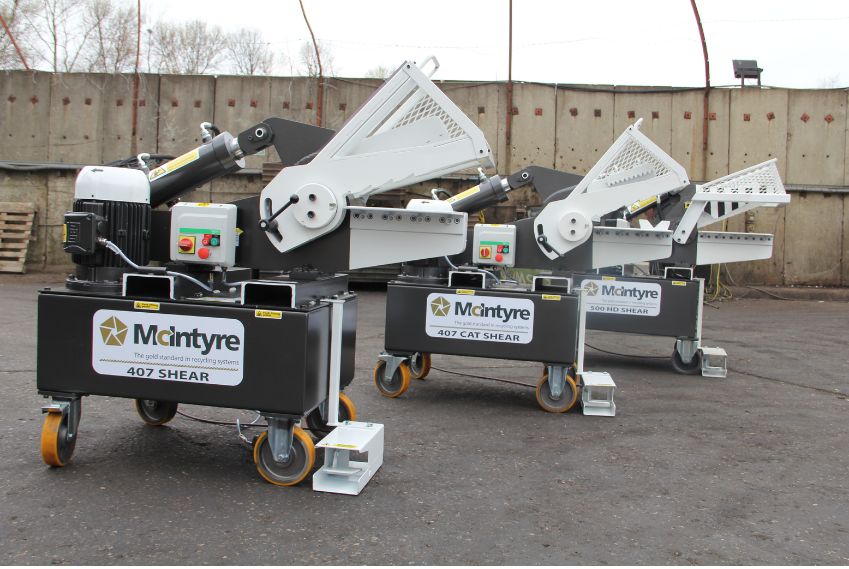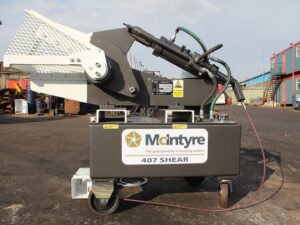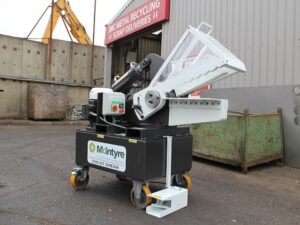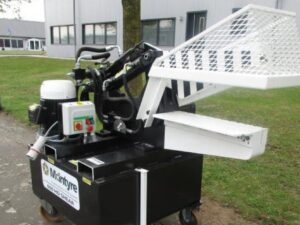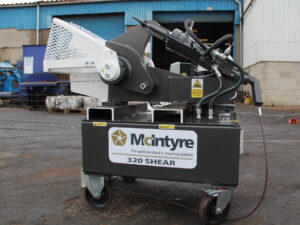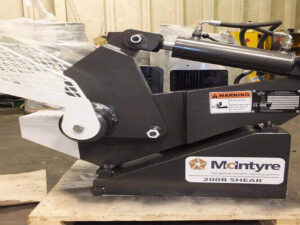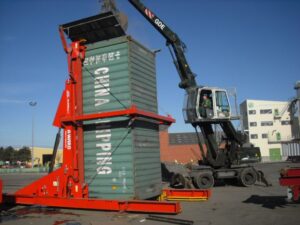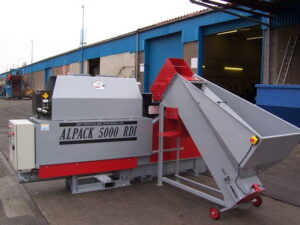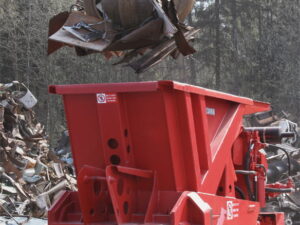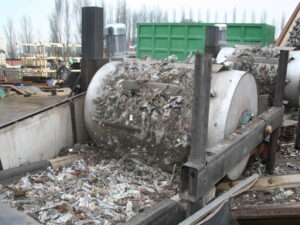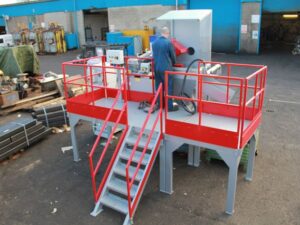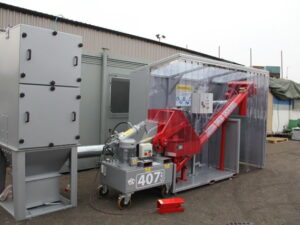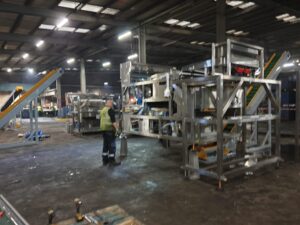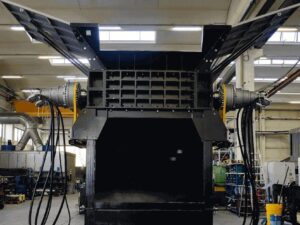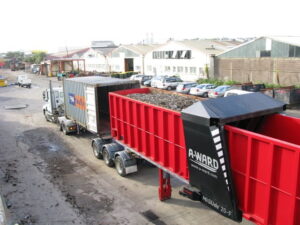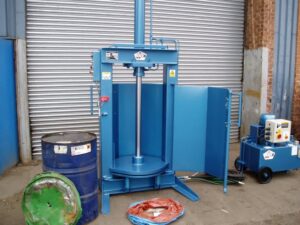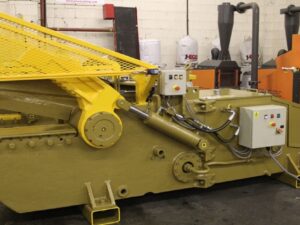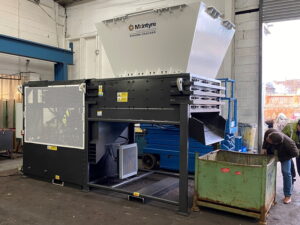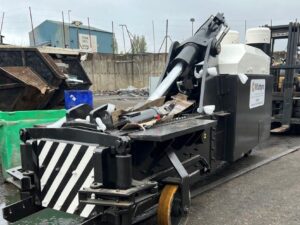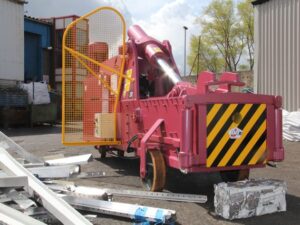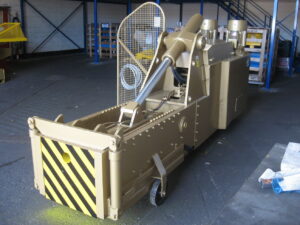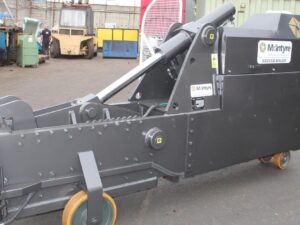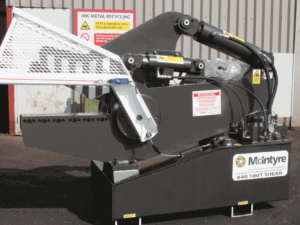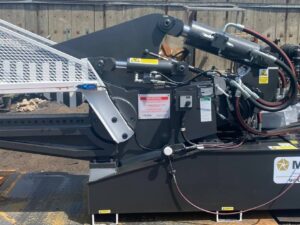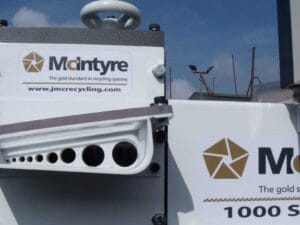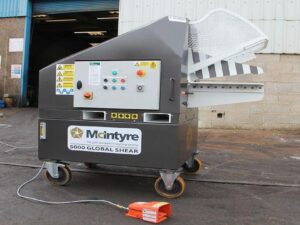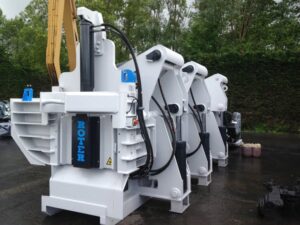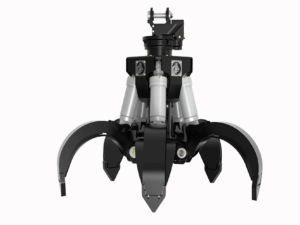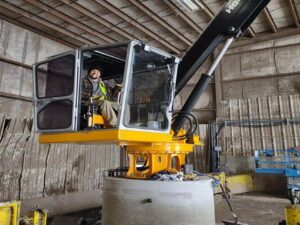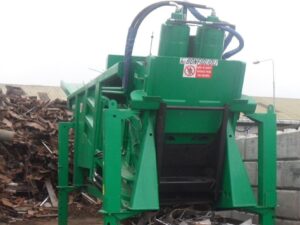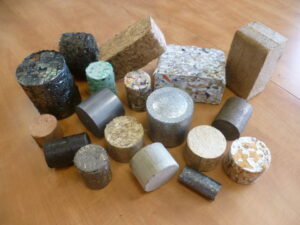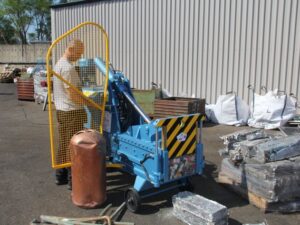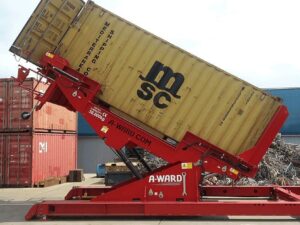At JMC Recycling, we understand that metal recycling is more than just a process — it’s an essential step towards a sustainable future. By embracing the principles of environmental stewardship, economic efficiency, and social responsibility, we contribute to a cycle that benefits the planet, businesses, and communities alike.
Our expertise and innovative technologies ensure that every piece of recycled metal not only conserves natural resources but also supports a circular economy, reducing waste and greenhouse gas emissions.
The Metal Recycling Process
Metal recycling is an intricate process that not only contributes significantly to sustainability by conserving resources and reducing emissions but also plays a crucial role in the circular economy.
The process involves several key stages: collection, sorting, processing, and repurposing of metals. Understanding each step and the technologies involved can offer insights into how operational efficiency and sustainability can be achieved.
1. Collection
The first step in the metal recycling process is the collection of metal waste. This includes a wide range of materials, from large industrial scrap to everyday items like beverage cans and household appliances.
Collection methods vary widely but often involve kerbside collection programmes, scrap metal dealers, and drop-off centres.
2. Sorting
Once collected, the mixed metal waste must be sorted. This is a critical step because the purity of the recycled metal affects its quality and market value.
Sorting can be done manually or through automated processes. Advanced sorting technologies include:
Magnetic separation: Uses magnets to separate ferrous metals (like iron and steel) from non-ferrous metals.
Eddy current separation: Utilises magnetic fields to separate non-ferrous metals (such as aluminium and copper) based on their electrical conductivity.
Spectrometry: Identifies metals at a more granular level, ensuring high purity of the sorted metals. This technology is especially useful for distinguishing between different alloys.
3. Processing
After sorting, metals are processed to prepare them for melting. This step may involve several sub-processes:
Shredding: Breaks down large metal pieces into smaller ones, increasing surface area to speed up melting.
Baling: Compresses metal waste into compact blocks, facilitating easier handling and transportation.
Shearing: Cuts larger pieces of metal into smaller, manageable sizes using hydraulic machinery.
These processes significantly enhance operational efficiency by reducing energy consumption during melting.
4. Melting and Purification
Melted in large furnaces specifically designed for different types of metals, this stage consumes significant energy, highlighting the importance of energy efficient furnaces. Induction furnaces, for example, are more energy-efficient and can melt metals more selectively.
The melting process is followed by purification, which may involve electrolysis or the use of chemical agents to remove impurities, ensuring the quality of the recycled metal.
5. Solidification
After purification, the molten metal is cooled and solidified. This can be achieved through various methods, depending on the intended use of the metal.
Commonly, the metal is cast into ingots, bars, or specific shapes ready for manufacturing. Continuous casting processes are efficient methods for producing metal sections with uniform properties.
6. Repurposing
Finally, the recycled metal is ready to be repurposed. It can be used in manufacturing new products, ranging from construction materials to automotive parts and electrical appliances. The use of recycled metals not only reduces the demand for virgin materials but also saves energy and reduces greenhouse gas emissions.
Benefits of Metal Recycling
Environmental: Metal recycling is a powerful tool in our fight against climate change, significantly reducing carbon emissions and conserving precious natural resources. By reusing metals, we diminish the need for virgin material extraction, thereby protecting ecosystems and reducing energy consumption.
Economic: Beyond its environmental impact, metal recycling presents considerable economic advantages. It offers cost savings by reducing the need for raw material extraction and processing. Moreover, the recycling industry generates substantial revenue and fosters economic growth through the sale of recycled materials.
Social: The recycling sector is a significant job creator, offering employment opportunities across various roles. By investing in recycling, we support community development and contribute to a sustainable economy.
Metal Recycling Case Studies
Discover the tangible impact of metal recycling through our selection of case studies and testimonials. These real-life examples highlight our commitment to excellence and our ability to meet the challenges of the recycling industry headon.

Types of Metals Recycled
Metals recycled can be broadly categorised into two main types: ferrous metals and non-ferrous metals. Each category encompasses a wide range of metals with various applications, from construction and manufacturing to electronics and decorative items.
Ferrous Metals
Ferrous metals contain iron, making them magnetic and prone to rust when exposed to moisture. They are widely recycled due to their extensive use in construction, automotive, and industrial applications. The most commonly recycled ferrous metals include:
Steel: Found in construction materials, vehicles, appliances, and industrial machinery. Steel is one of the most recycled materials in the world due to its high demand and recyclability.
Iron: Includes cast iron and wrought iron, used in pipes, automotive parts, and construction materials. Iron recycling is essential for conserving iron ore resources and reducing energy consumption.
Non-Ferrous Metals
Non-ferrous metals do not contain iron, making them non-magnetic and more resistant to corrosion than ferrous metals. They are often more valuable than ferrous metals and are extensively recycled. Commonly recycled non-ferrous metals include:
Aluminium: Widely used in beverage cans, automotive parts, and construction materials. Aluminium recycling is highly efficient, saving up to 95% of the energy required to produce aluminium from bauxite ore.
Copper: Essential for electrical wiring, plumbing, and electronics due to its excellent electrical and thermal conductivity. Copper recycling is economically significant due to the metal’s value and widespread use.
Lead: Primarily recycled from lead-acid batteries. Recycling lead is crucial for environmental protection, given the metal’s toxicity.
Zinc: Used in galvanising steel or iron to prevent rust, and in alloys such as brass. Zinc recycling helps conserve natural resources and reduces energy consumption.
Tin: Often used in tinplate for food cans and in solder for electronics. Recycling tin conserves ore and reduces waste.
Precious Metals: Including gold, silver, platinum, and palladium. These are often recycled from electronic waste, jewellery, and industrial catalysts. Precious metal recycling is driven by the high value of these materials and their relatively scarce availability.
Metal Recycling FAQs
Have questions about metal recycling? Dive into our FAQs for concise, informative answers.
What types of metal recycling equipment are available?
Metal recycling equipment encompasses a wide variety of machinery designed to process scrap metal for recycling purposes. This includes balers for compressing metal scrap, shredders for reducing size, shears for cutting large pieces, and granulators for shredding metal into smaller particles. Each type serves a unique step in the recycling process, accommodating different materials and sizes to maximise efficiency and output. View our Metal Recycling Products.
How does metal recycling machinery contribute to sustainability?
Can metal recycling equipment handle different types of metals?
Equipment Utilised in Metal Recycling
Efficiency in metal recycling is largely dependent on the technology and equipment used. Investments in state-of-the-art sorting technologies, energy-efficient melting furnaces, and advanced processing equipment can significantly reduce energy consumption, operational costs, and environmental impact.
The development of innovative recycling technologies continues to enhance the efficiency and effectiveness of metal recycling, supporting the transition towards a more sustainable and circular economy.
The metal recycling process embodies a complex but highly efficient and sustainable approach to resource management. By leveraging advanced technologies and focusing on operational efficiency, the metal recycling industry not only contributes to environmental preservation but also plays a vital role in the global supply chain of raw materials.
Contact Us for More Information
For further inquiries or to learn more about JMC Recycling’s products, contact us now. Whether you prefer a direct conversation or filling out a form, we’re here to facilitate easy communication.

